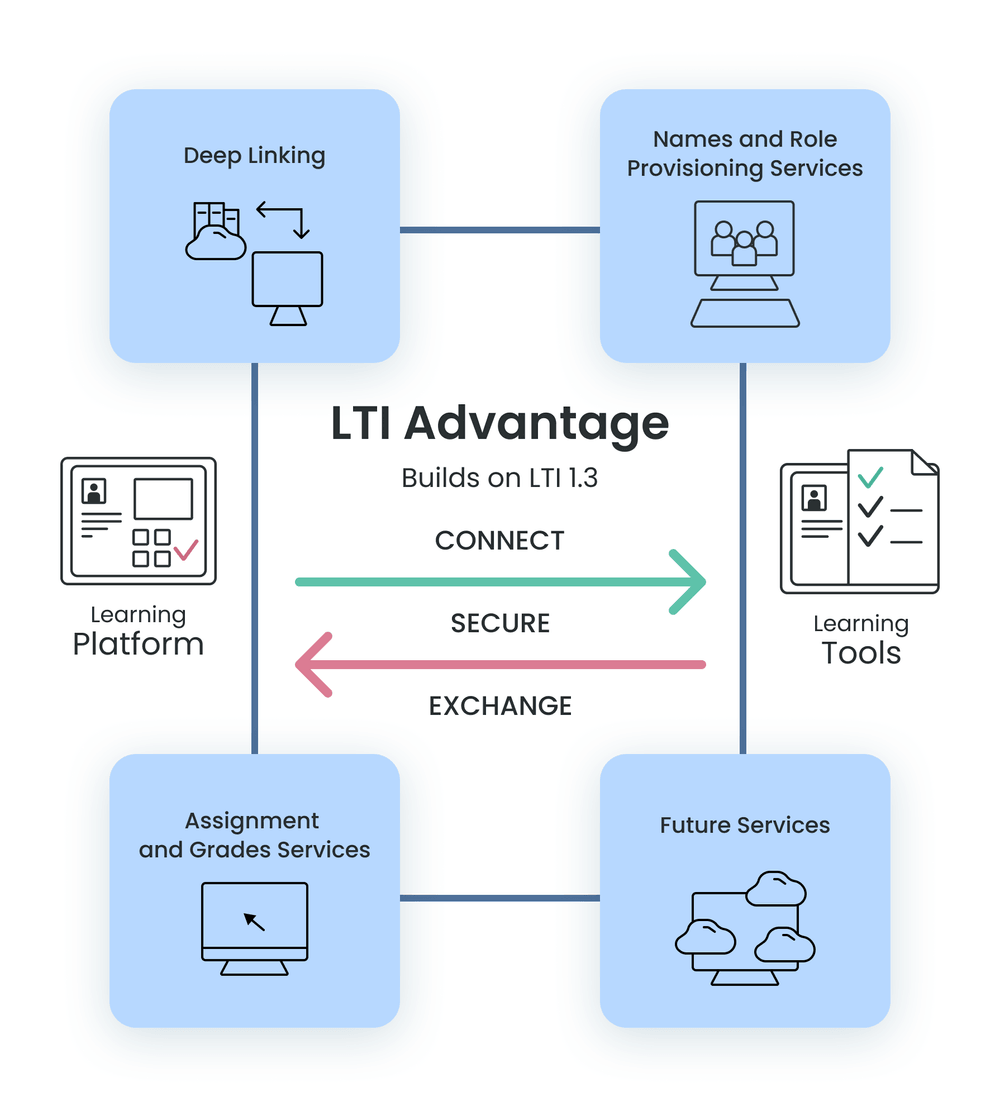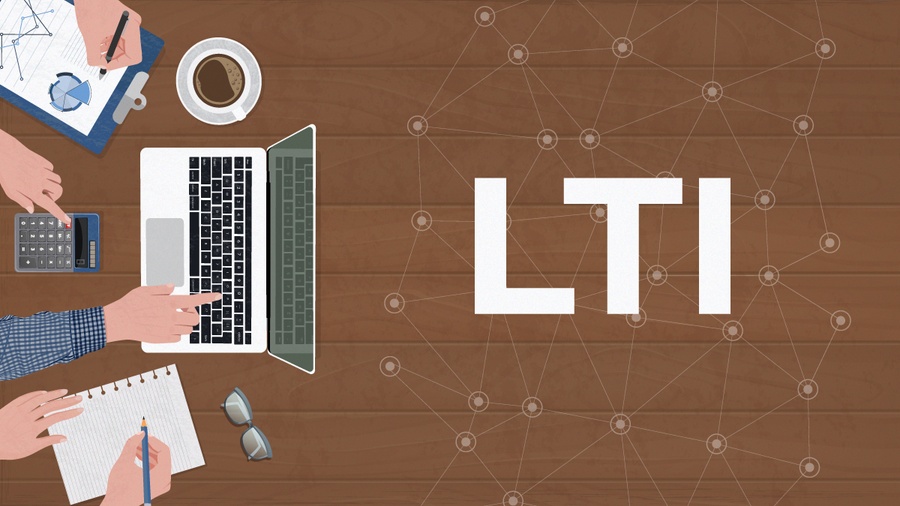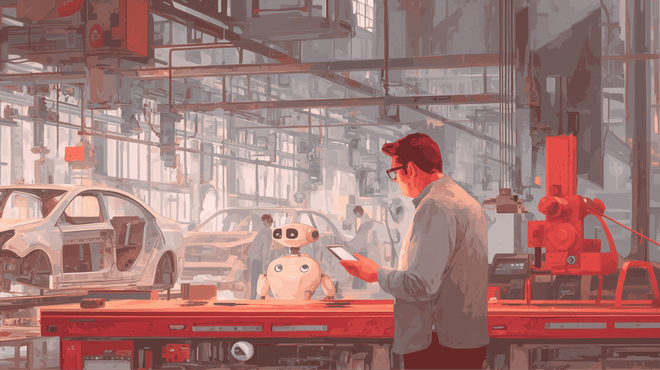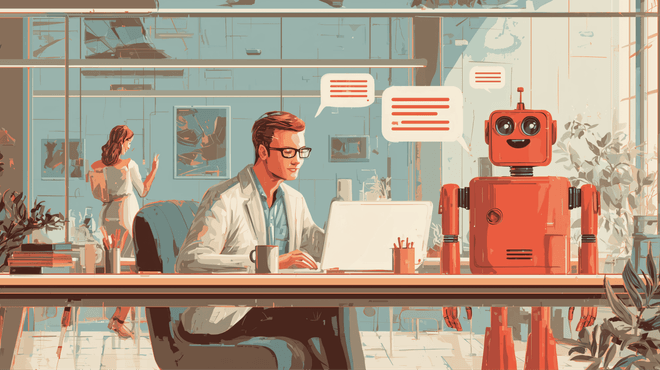Introduction
Schools use more and more digital resources. Every year there are more games, more content and more applications released. Connecting them together becomes a hassle.
Let’s figure out how it works and how schools benefit from it. By the end of this article, you’ll know everything you need to know about LTI.
If you are a developer trying to set it up, you may want to check out the technical specification as well.
What is learning tools interoperability (LTI)?
LTI is a standard that helps you plug and play third-party learning tools into your LMS.
It specifies how software developers need to write code so that both the LMS and the learning tools are compatible. If your learning tool and the LMS both support LTI, you can integrate them in just a few clicks.
LTI allows you to log into the learning tools directly from the LMS. This is called a single sign-on (SSO). Students don’t need to remember passwords to the learning tools. Once they log into the LMS, they can access the tools as well.
Think of logging into a website with your Google or Apple account. This is somewhat similar, but even more convenient. That is because users don’t need to remember the names of the tools.
Schools can use multiple tools and services to teach students. It can become difficult for a student to remember all the tool names. It’d be much easier to keep everything in one place.
With LTI, the students stay within the interface of the LMS. So, if students get to play a learning game, they don’t need to go to the developer’s website. They can play it right out of the LMS.
If your tools or LMS are not LTI-certified, oftentimes you can still integrate them. The problem is that without a single standard, you’ll need to hire developers to integrate every tool. This can quickly become expensive.
LTI and OneRoster make up the 1EdTech ecosystem. Together, these standards handle content and student information that passes through SIS, LMS and all the learning tools. Here’s how it works:

What is LTI 1.3 or LTI advantage
In 2019 1EdTech released LTI version 1.3. It’s still up to date in 2023.
Regular LTI versions were focused on convenient login. New version, LTI 1.3 improved security for message and service authentication.
LTI Advantage is the enhanced LTI. 1EdTech wanted to add new features LTI 1.3, and built a package of services on top of it.
LTI Advantage adds 4 additional services:

How secure is LTI?
The main function of LTI is to handle the single sign-on, so it’s crucial that it is very secure.
To make sure it’s secure, there are 3 components to LTI’s security model:
These measures are industry standards. Companies like Google, Facebook, and Apple use them to secure their data.

Conclusion
LTI makes life easier for schools and students. Schools don’t have to spend money on custom software integration. Meanwhile, students and teachers can easily access all learning tools in the same place.
If you want to discuss LTI in more detail, feel free to reach out. At Aristek, we’ve been developing LTI compliant software for years. We’ll be glad to help.




